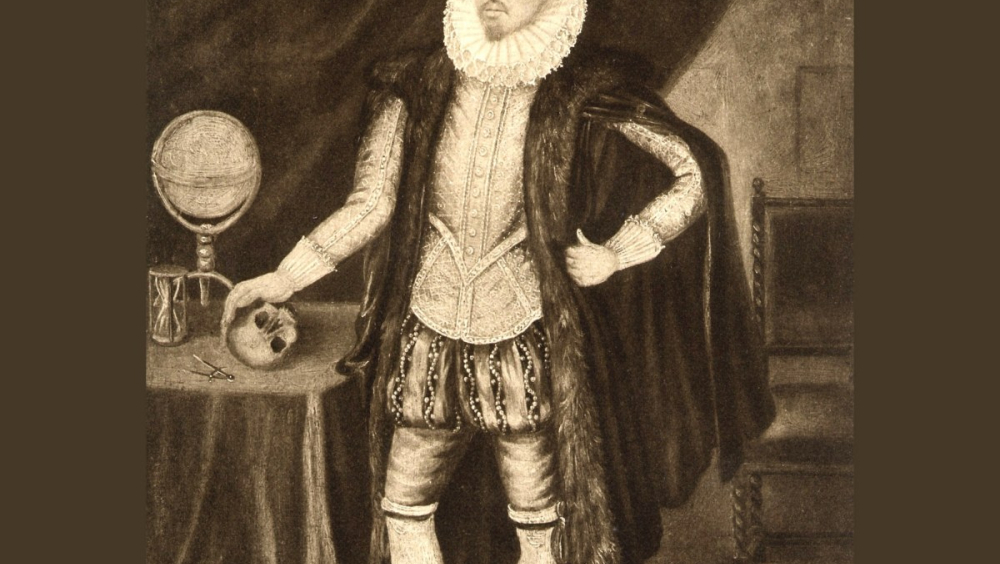William Gilberd of Colchester
Being inspired by William Gilberd (1544-1603) who, with Copernicus, Kepler and Galileo, shed light on the mechanisms of the Universe. Descendants of his experiments continue at CERN.
Trinity Street, Colchester was the family home of one of the most influential early modern scientists. William Gilberd (Gilbert) was born here, at Tymperleys, in 1544 and was buried in the church of Holy Trinity in 1603. In 1600 he completed De Magnete, the result of his researches and experiments to understand magnetism, and the first true scientific book to be published in England.
Gilberd was a key member of the group of European scientists who challenged misconceptions on the nature of the Universe. He followed Copernicus' belief that the Earth and planets orbited the Sun, concluding that they were held by an invisible magnetic force. This conclusion was integral to the system of planetary motion developed by Kepler, and significantly influenced Galileo, who stated of Gilberd that "I extremely praise, admire, and envy this author".
Gilberd discovered that a magnet cut across its length produced two smaller magnets rather than separate north and south poles, and wondered how far this division could be taken. In 1931, Dirac theorised the existence of a magnetic "monopole", and the MoEDAL detector at CERN is currently searching for these elementary packets of magnetic energy.
Over four Heritage Open Days, visitors were encouraged to explore Trinity Street, reading about William Gilberd and the science of magnetism at several historic buildings. Recreations of some of his experiments inspired children to consider studying science further - part of Gilberd's lasting legacy.
Successive ideas and theories on phenomena such as magnetism and the nature of the Universe were developed across Europe through the 16th and 17th centuries. These ideas crossed borders freely as scientists were able to learn from and build on the work of each other. Significant European events that facilitated or influenced this shared scientific heritage included the development of the printed book during the Renaissance, and the Reformation.
Modern researches into magnetism and the nature of the Universe continue this scientific heritage, depending on international collaboration, as exemplified by the work of CERN.
